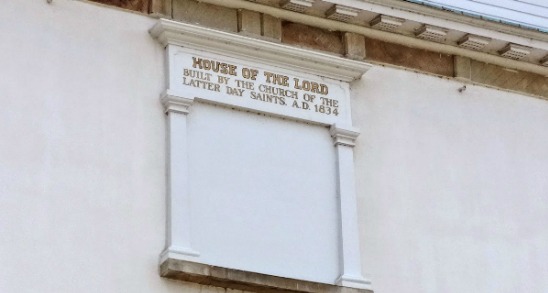Question
Dear Gramps,
I don’t think you’d touch this one with a ten foot pole, but here goes. Why are the LDS chapels in some wealthy Utah neighborhoods so fancy and ornate, while others in poor rural areas so plain and regular? Obviously, a lot more money has been put into some. Shouldn’t they all be of about the same level of quality? It looks like favoritism or pandering to me. Am I wrong? Please help me understand.
Robert
Answer
Dear Robert,
Speaking from my own experience, I don’t think it would be accurate to say as a general rule that meetinghouses in more affluent neighborhoods tend to be fancier than meetinghouses in poorer areas. Moreover, I have never seen an LDS building–even in third-world countries–whose workmanship I would describe as “poor”. Every LDS meetinghouse I can remember has met or exceeded the general quality of construction in the neighborhood.
With that being said, I would agree that there are occasions when your observation seems merited. One sometimes comes across meetinghouses in upscale neighborhoods that, while not ostentatious, seem to have a few architectural “flourishes” that most modern meetinghouses lack. These flourishes might include very large and uniquely designed windows over the entry foyers, or outside lighting fixtures that are decorative rather than utilitarian, or a distinctly “federal” or “colonial” style of exterior decor. And certainly, before building budgets were centralized in the 1980s local congregations financed their own buildings to a significant degree; resulting in a lot of variation in older buildings.
I can’t claim any specialized, insider knowledge as to why the Church’s building department makes the choices that it does. But what I can try to do, before condemning their decisions out-of-hand, is to try to place myself in their shoes and imagine what their priorities and challenges must be.
It seems to me that the major priority of the Church’s building department, must be that as many Church members as possible–regardless of economic status–should have a meetinghouse within a reasonable geographic distance of their own home. This inevitably means that the Church sometimes has to build in higher-end neighborhoods. But doing that can create new problems. Real estate might be more expensive. Zoning ordinances and building codes might require features that Church buildings ordinarily lack. Concerned neighbors might oppose the construction of meetinghouses that seem to threaten property values by degrading the aesthetics of the neighborhood.
This, I imagine, means that the Church has to make some hard choices. Either it must build cheaper meetinghouses at locations that are geographically inconvenient for particular congregations; or it has to spend more money to build some meetinghouses to a somewhat higher aesthetic standard. What does “fairness” really mean in this context? Equality of building standards? Equality of travel time? Should the wealthier congregation get any consideration for the fact that the tithes and offerings of its own members may over time be financing the construction of three or four other meetinghouses in addition to their own?
I don’t claim to know what the right answer is, or how to balance all of the competing approaches to this issue. I’m glad I’m not the one who has to decide it; and the only advice I can offer you is to try to have charity for those who are tasked with making decisions that probably aren’t as clear-cut as they might first seem.
Gramps







